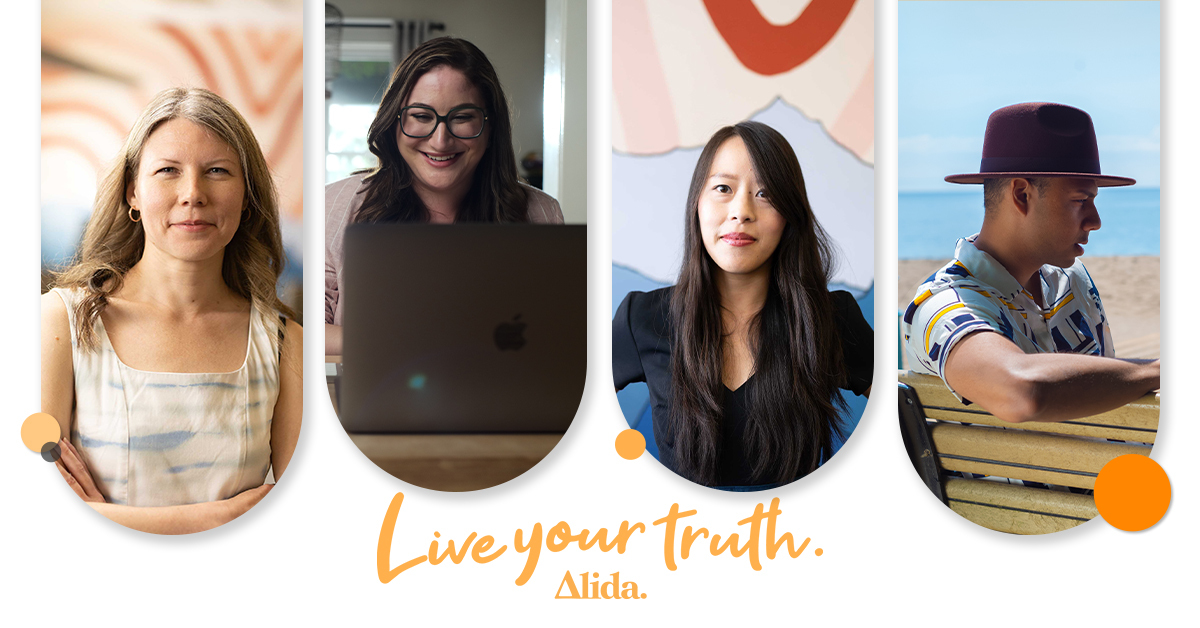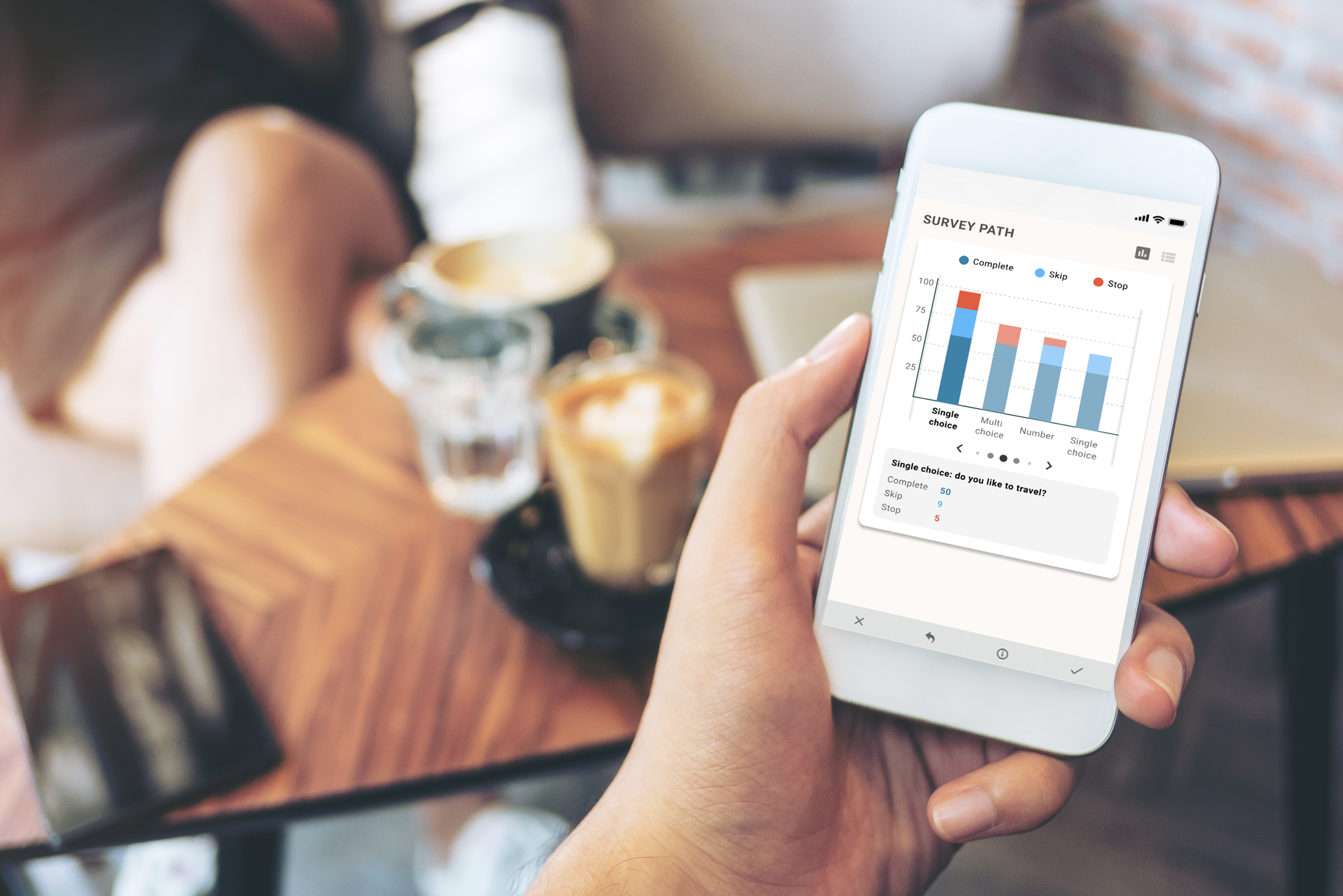Hitting a perfect 100% is hard. That’s why people love playing with the 80/20 rule.
Also known as the Pareto Principle, this economic theory states that 80% of your outcomes will result from 20% of your efforts. Meanwhile, it will take another 80% of output to achieve the remaining 20% of outcomes.
You can feel the effects of this rule if you’re trying to learn a new skill. Say you’re practicing another language or starting a new hobby. It can feel like you’ve hit a decent proficiency level after putting in some initial legwork, but you’ll need to put in what feels like a monumental amount of effort to reach 100% expertise.
Applying the 80/20 rule here might be a fair enough assessment if you’re reflecting on your own skill-building journey. When you turn it on your consumers,? That’s not fair—or accurate—at all.
Let’s take a look at how this principle gets in the way of innovative and inclusive product design, and the approach to try instead.
The 80/20 rule and the myth of the average consumer
Here’s what the Pareto Principle looks like in product design: You can pretty easily cater to 80% of consumers — the “average” group in the center of the bell curve — but it will take a heck of a lot of work to satisfy the 20% of outliers. This leads a lot of decision-makers to simply ignore that population’s needs.
As inclusive design leader Kat Holmes explains, “There’s this myth that endures to this day that shows up in design and engineering: the 80/20 rule. You design for the middle of that curve, and we’ll get to the 20% later.”
It’s an old way of thinking with a weak justification. If you can cater to the most average, normal person and satisfy the largest consumer base without putting in much work, you’re supposedly being efficient with your product design.
Unfortunately, this train of thought is misguided. In fact, it’s the opposite of how the best designers are operating today. As Kat puts it, “What if there was no such thing as a normal human being? If there’s no normal, there [are] no edge cases—just diverse people changing from one moment to the next.”
Looking at your customer base, no normal is the new normal
The broader, wider, and more inclusive you can be with product design, the more successful you’ll be.
By designing for what you might have previously considered a fringe case, you’re serving people with historically under-met needs, without hindering your product’s usability among the rest of the population. Ultimately, by making your design more inclusive and accessible, you’ll reach a wider audience and get the word out about your products faster.
Ironically, by not solely designing for the middle segment, you’re actually making it easier to sell to that population while also reaching other audience segments. That sounds a lot more efficient and effective than the old 80/20 rule, doesn’t it?
Here’s the type of impact you could be making with inclusive design
Curb cuts are a great example of the difference this kind of thinking can make. If you’ve ever crossed a street in a city in the U.S., you’ve seen curb cuts. They’re the small ramps that start from the elevated sidewalk and extend down to street level.
Unfortunately, they weren’t an inclusive design solution implemented by urban planners. City leaders routinely ignored the needs of people in wheelchairs and built sidewalk corners with steep drop-offs, making every street corner a challenge to cross.
Advocates of the disability rights movement led the way in urging leaders to adapt the environment by adding curb cuts. This design solution became widespread as a result of the Americans with Disabilities Act (ADA).
But it soon became clear that these ramps weren’t only helping people in wheelchairs. Everyone from parents pushing strollers and kids riding bikes to jet-set professionals with rolling suitcases noticed how easy it became to get to their destinations.
Although the history of curb cuts illustrates the widespread benefits of inclusive design, this story also underscores the magnitude of missed opportunities that can occur when designers ignore the needs of a broader community.
If you’re designing for the mythical “average consumer,” just think about the opportunities you’re missing and the positive impacts you could be making.
Dial-up your design efforts to 100%
Serving just 80% of the population isn’t enough. This approach can’t be okay anymore, and it’s likely to hurt your business in the long run. But you need a reliable way to learn about the full 100% of your customer base.
If you’re serving what Kat Holmes calls a group of “diverse people changing from one moment to the next,” you need a way to learn about what’s changing and how you can evolve to meet their needs.
Remember, you’ll never lose anything by being more inclusive with design. Your business and your audience can only stand to benefit.







